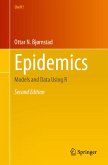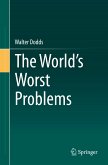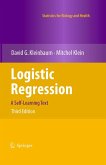This book is designed to be a practical study in infectious disease dynamics. The book offers an easy to follow implementation and analysis of mathematical epidemiology. The book focuses on recent case studies in order to explore various conceptual, mathematical, and statistical issues. The dynamics of infectious diseases shows a wide diversity of pattern. Some have locally persistent chains-of-transmission, others persist spatially in 'consumer-resource metapopulations'. Some infections are prevalent among the young, some among the old and some are age-invariant. Temporally, some diseases have little variation in prevalence, some have predictable seasonal shifts and others exhibit violent epidemics that may be regular or irregular in their timing. Models and 'models-with-data' have proved invaluable for understanding and predicting this diversity, and thence help improve intervention and control. Using mathematical models to understand infectious disease dynamics has a very rich history in epidemiology. The field has seen broad expansions of theories as well as a surge in real-life application of mathematics to dynamics and control of infectious disease. The chapters of Epidemics: Models and Data using R have been organized in a reasonably logical way: Chapters 1-10 is a mix and match of models, data and statistics pertaining to local disease dynamics; Chapters 11-13 pertains to spatial and spatiotemporal dynamics; Chapter 14 highlights similarities between the dynamics of infectious disease and parasitoid-host dynamics; Finally, Chapters 15 and 16 overview additional statistical methodology useful in studies of infectious disease dynamics. This book can be used as a guide for working with data, models and 'models-and-data' to understand epidemics and infectious disease dynamics in space and time.
Dieser Download kann aus rechtlichen Gründen nur mit Rechnungsadresse in A, B, BG, CY, CZ, D, DK, EW, E, FIN, F, GR, HR, H, IRL, I, LT, L, LR, M, NL, PL, P, R, S, SLO, SK ausgeliefert werden.









